Just In
- 2 hrs ago

- 3 hrs ago

- 6 hrs ago

- 6 hrs ago

Don't Miss
- Finance
 Rs 7.50/Share Dividend: Adani Group Cement Company Reports Strong Q4 Results; Profit Surges 2x YoY
Rs 7.50/Share Dividend: Adani Group Cement Company Reports Strong Q4 Results; Profit Surges 2x YoY - Movies
 Heeramandi Premiere: Newly Engaged Aditi Rao Hydari Dazzles In A Multi-Coloured Anarkali Set; Guess The PRICE
Heeramandi Premiere: Newly Engaged Aditi Rao Hydari Dazzles In A Multi-Coloured Anarkali Set; Guess The PRICE - Education
 Tamil Nadu SSLC Results 2024: Number of Ways you can check the Results
Tamil Nadu SSLC Results 2024: Number of Ways you can check the Results - News
 Rajnath Singh Or Nitin Gadkari Could Have Been PM: Mamata Banerjee's Dig At BJP
Rajnath Singh Or Nitin Gadkari Could Have Been PM: Mamata Banerjee's Dig At BJP - Automobiles
 Bajaj To Offer Chetak Electric Scooter At Lower Price Point: All Details Here
Bajaj To Offer Chetak Electric Scooter At Lower Price Point: All Details Here - Sports
 Bangladesh vs Zimbabawe: Will Shakib Al Hasan Play Home T20 Series In May Or Not?
Bangladesh vs Zimbabawe: Will Shakib Al Hasan Play Home T20 Series In May Or Not? - Technology
 Qualcomm Reveals Snapdragon X Plus Chip for Laptops: 10 Core CPU, On-Device AI, & Much More
Qualcomm Reveals Snapdragon X Plus Chip for Laptops: 10 Core CPU, On-Device AI, & Much More - Travel
 Escape to Kalimpong, Gangtok, and Darjeeling with IRCTC's Tour Package; Check Itinerary
Escape to Kalimpong, Gangtok, and Darjeeling with IRCTC's Tour Package; Check Itinerary
12 Best Foods To Reduce The Risk Of Glaucoma
Glaucoma is the main cause of irreversible blindness around the world. There are around 5.7 million people worldwide who are visually impaired due to glaucoma. The main cause of glaucoma is increased intraocular pressure (IOP) caused due to an increase in the fluid pressure inside the eye leading to damage of the optic nerve that acts as a bridge between the brain and the eyes to process visual information. People of all age-groups can get glaucoma, even newborns.

The treatment of glaucoma is carried out by reducing the fluid pressure inside the eyes with certain anti-glaucoma drugs or by laser therapy or surgery. However, the best way is to reduce the risk of this condition by diet regulation. Consumption of foods rich in vitamin A, vitamin C, beta-carotene and antioxidants naturally help to improve the blood flow to the eyes without causing any side effects. Here is a list of foods that help to reduce the risk of glaucoma.
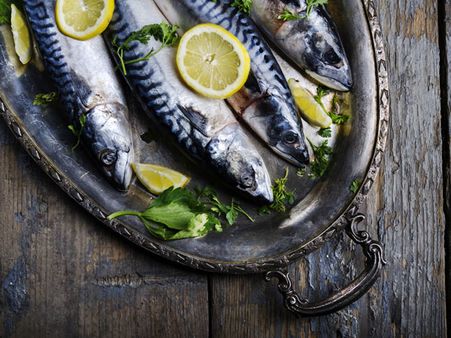
1. Fish
Coldwater fishes like tuna, salmon and mackerel contain EPA and DHA, a type of omega-3 fatty acids that help to improve the ocular blood supply and prevent the damage of the optic nerves due to any cause. [1]
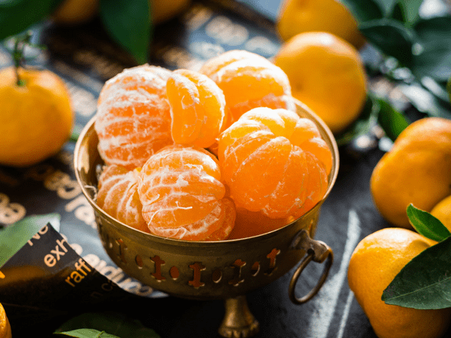
2. Orange
In a study conducted among 584 African American women, it was found that women who had more than two servings of fresh oranges per week are at low risk of glaucoma compared to women who had fewer servings per week. [2]
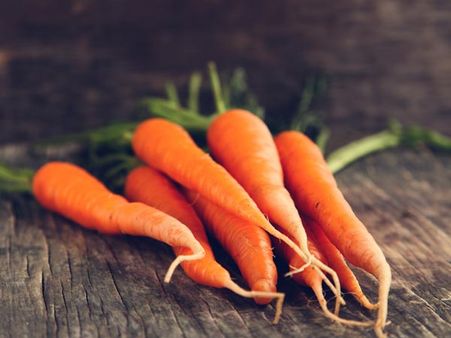
3. Carrot
According to a study, the presence of vitamin A and carotenes in carrots help to decrease the risk of glaucoma. The study also says that fruits and vegetables rich in vitamin A, C and carotenes are very helpful to reduce the risk of ocular diseases. [3]
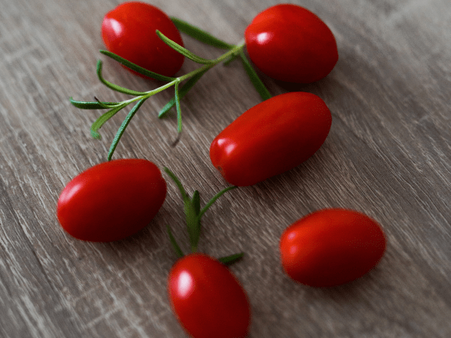
4. Wolfberries
They are also known as goji berries and has long been used to improve the visual function. According to a study, ‘lycium barbarum polysaccharides' is the active compound in wolfberries which is helpful to prevent further damage to retinal cells after glaucoma is diagnosed. [4]

5. Peaches
According to a cross-sectional cohort study, women who eat at least one serving of canned or dried peaches in a week are at 47% decreased risk of getting diagnosed with glaucoma compared to women who consume less than a serving. [5]
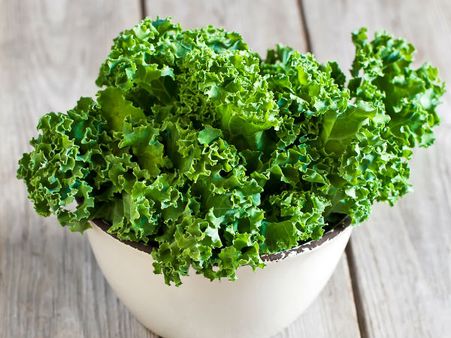
6. Kale
This popular vegetable of the cabbage family is packed with vitamin A and carotenes. Consuming more than one serving of kale in a month is linked to the reduced risk of glaucoma compared to the one who consumes less than one serving/month. [6]
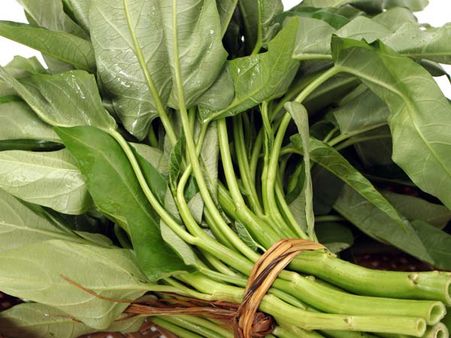
7. Spinach
Lutein and zeaxanthin are the two naturally occurring carotenoids that act as an antioxidant. Presence of these two carotenoids in spinach help in reducing the oxidative stress in the body which further helps to improve the ocular health and protect the macula from damage. [7]
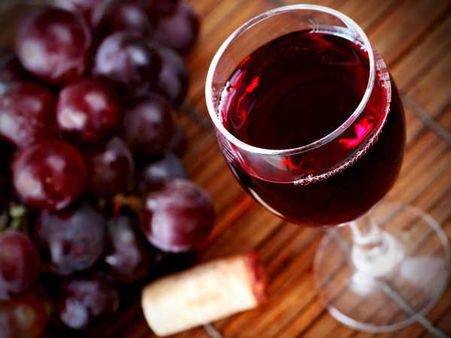
8. Red wine
Resveratrol is the active polyphenol found in red wine that has vascular-enhancing properties. It helps in the microcirculation of the eyes and prevents ocular diseases like macular degenerative, glaucoma and diabetic retinopathy. [8]
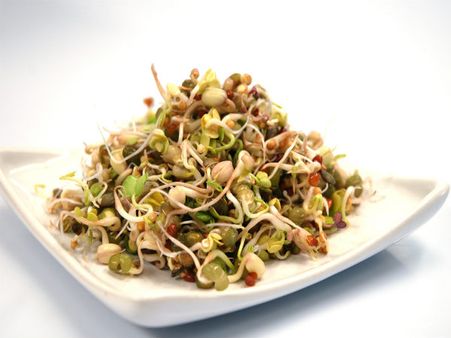
9. Sprouts
They are packed with antioxidants like lutein, beta-carotene and zeaxanthin along with vitamin A and C. These antioxidants help scavage free radicals and prevent the damage of the optic nerve, thus preventing glaucoma or further injury to the optic nerve in existing glaucoma cases.
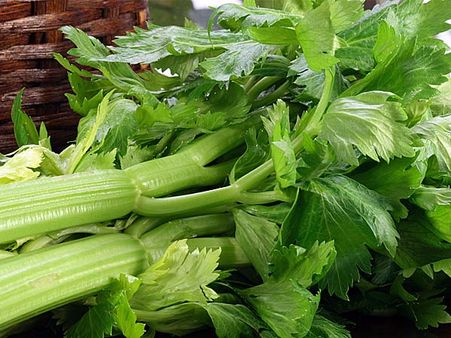
10. Celery
This vegetable is high in dietary nitrate, vitamin A and C. A study says that consumption of high dietary nitrate helps to reduce the risk of primary open-angle glaucoma and reduce elevated intraocular pressure of the eyes. [9]

11. Green tea
Catechins and flavanols are the two dietary flavonoids found in green tea. These two compounds have potent antioxidant properties which reduce the formation of β-amyloid fibrils, a compound particularly linked to causing glaucoma.
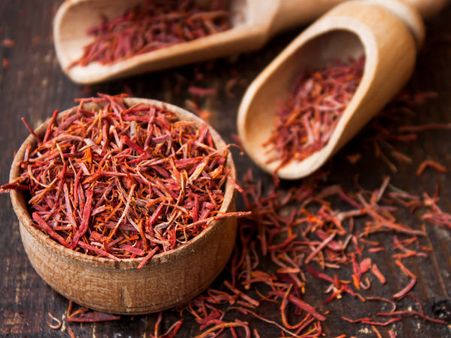
12. Saffron
Crocus sativus is a flowering plant from which saffron is derived. It is high in crocetin and carotenoids crocin which are known for their powerful antioxidative properties. A study shows that saffron has neuroprotective features which help to preserve the health of the optic nerve and reduce the risk of glaucoma. Also, crocin helps to enhance the retinal blood flow. [10]

Foods To Avoid If You Have Glaucoma
- Avoid high salt intake
- Avoid excess consumption of caffeine
- Trans fatty acids foods like french fries, cakes and cookies.
- Avoid foods like soy, wheat or dairy products if you have a food allergy.
- Red meat, lamb, beef or foods rich in saturated fats.
- Avoid alcohol
- Stay hydrated throughout the day
- Maintain a healthy diet packed with vegetables and fruits
- Sleep with head elevated
- Keep a check on high blood pressure
- Exercise daily
Common FAQs
1. How to reduce the risk of glaucoma?
To reduce the risk of glaucoma, maintain a healthy weight, quit smoking, wear goggles to prevent eyes from the direct sunlight, reduce caffeine intake, maintain normal blood pressure and eat healthy foods which are rich in vitamin A, C, beta-carotene and antioxidants.
2. What is the best natural remedy for glaucoma?
Glaucoma can be treated best by a healthy diet, physical exercise and self-relaxation techniques like meditation. As per Ayurveda, ginkgo biloba, ashwagandha and coleus forskohlii are the most popular herbs used for the natural treatment of glaucoma.
3. What can you do at home to lower eye pressure?
By making small changes in lifestyle, an individual can control high eye pressure and reduce the glaucoma risk. The simple tips to lower eye pressure at home are as follows:
-
 wellnessWorld Sight Day 2022: Early Detection And Management Is Key To Prevent Glaucoma Related Blindness
wellnessWorld Sight Day 2022: Early Detection And Management Is Key To Prevent Glaucoma Related Blindness -
 kidsExpert Article: Warning Signs Of Glaucoma In Children And How To Prevent It
kidsExpert Article: Warning Signs Of Glaucoma In Children And How To Prevent It -
 diabetesWhat Is Diabetic Retinopathy? Stages, Symptoms, Risk Factors, Treatments And Prevention
diabetesWhat Is Diabetic Retinopathy? Stages, Symptoms, Risk Factors, Treatments And Prevention -
 wellnessHealth Benefits Of Forskolin: Uses And Interactions
wellnessHealth Benefits Of Forskolin: Uses And Interactions -
 wellnessMost Common Causes Of Glaucoma That You Need To Know
wellnessMost Common Causes Of Glaucoma That You Need To Know -
 wellnessContact Lens Helps Glaucoma Patients To Administer Eye Drops
wellnessContact Lens Helps Glaucoma Patients To Administer Eye Drops -
 wellnessQuit Smoking To Save Your Eyes
wellnessQuit Smoking To Save Your Eyes -
 disorders cureContact Lenses With Vitamin E, For Glaucoma
disorders cureContact Lenses With Vitamin E, For Glaucoma -
 disorders cureGlaucoma Starts In Brain Not Eye
disorders cureGlaucoma Starts In Brain Not Eye -
 disorders cureGreen Tea Helps Fight Glaucoma
disorders cureGreen Tea Helps Fight Glaucoma -
 disorders cureCan The Same Person Have Different Coloured Eyes? Causes, Symptoms And Treatment Of Heterochromia
disorders cureCan The Same Person Have Different Coloured Eyes? Causes, Symptoms And Treatment Of Heterochromia -
 wellnessCOVID-19: Is It Safe To Wear Contact Lenses During The Pandemic?
wellnessCOVID-19: Is It Safe To Wear Contact Lenses During The Pandemic?


 Click it and Unblock the Notifications
Click it and Unblock the Notifications



